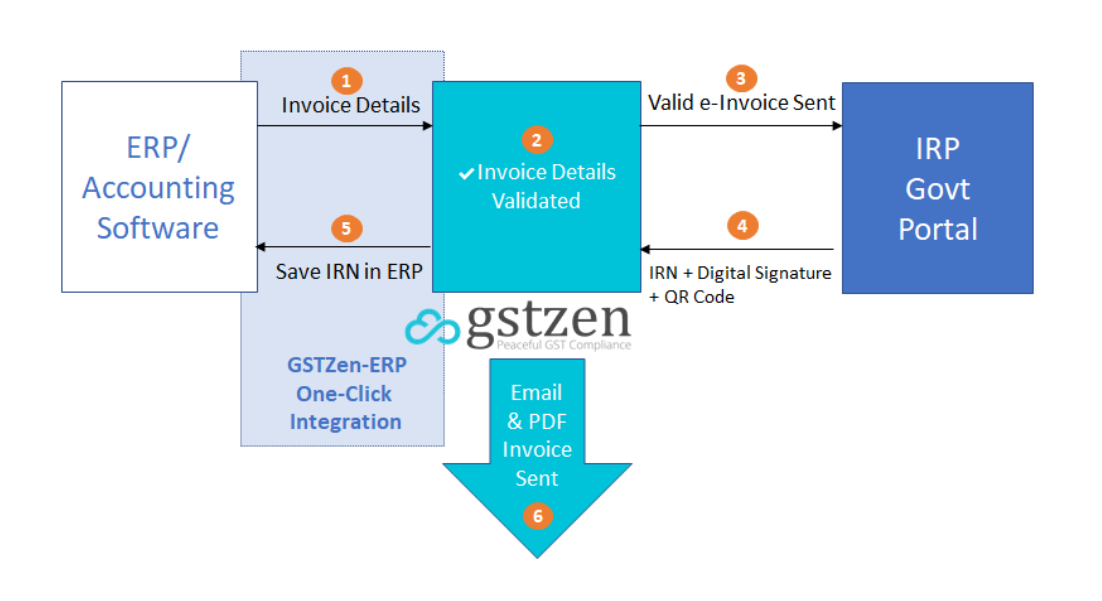e-Invoice – All you need to know
Starting 1st October 2020, the GST Council started phased introduction of e-invoice or Electronic Invoicie to report Business to Business (B2B) invoices to GST System.
What does e-invoicing mean?
e-Invoicing, similar to Electronic Way Bill is a document in an electronic format that is to be generated by Taxpayers and uploaded to notified Government Portal. CGST Rule 48(4) and 48(5) together define that only an e-Invoice is a valid Tax Invoice.
Who needs to generate e-Invoices?
Taxpayers with an aggregate turnover in a Financial Year exceeding Rs. 50 Crores
Where should one register for their e-Invoicing credentials?
Taxpayers need to register at GST e-Invoice system for their API Username and Password. For more information, see the article Creating e-Invoice API Login Credentials
Where should one generate an e-Invoice?
Invoice Reporting Portal (IRP) will not provide the facility to punch in invoices. Taxpayers will have to integrate e-Invoicing capability in their ERP.
Which transactions require an e-Invoice?
- All B2B Invoices.
- All B2C Invoices issued by Taxpayers with an aggregate turnover in a Financial Year exceeding Rs. 500 Crores have to contain a B2C Dynamic QR Code. However, these are not e-invoices.
How will GSTZen help me in e-Invoicing?
GSTZen’s e-Invoicing software integrates with ERPs such as SAP, Microsoft Dynamics, and Tally is equipped to handle all your e-Invoicing requirements.

We at GSTZen, have written a variety of articles that will help you better understand the concept of e-Invoicing and its terms and conditions. Here are the list of GSTZen’s articles about e-Invoicing:
- Integration with Tally Prime
- Integration with Quickbooks
- e-Invoicing Concept
- How to prepare your business for e-Invoicing
- How to create an e-Invoicing portal account for testing
- Frequently Asked Questions
- Cancellation – FAQ
- e-Invoice format – FAQ
- e-invoice General – FAQ
- Reporting to GSTN – FAQ
- Invoice Reference Number
- Invoice Registration Portal
- Quick Reference Code
- e-Invoicing Format – Schema
- Terms and Definitions